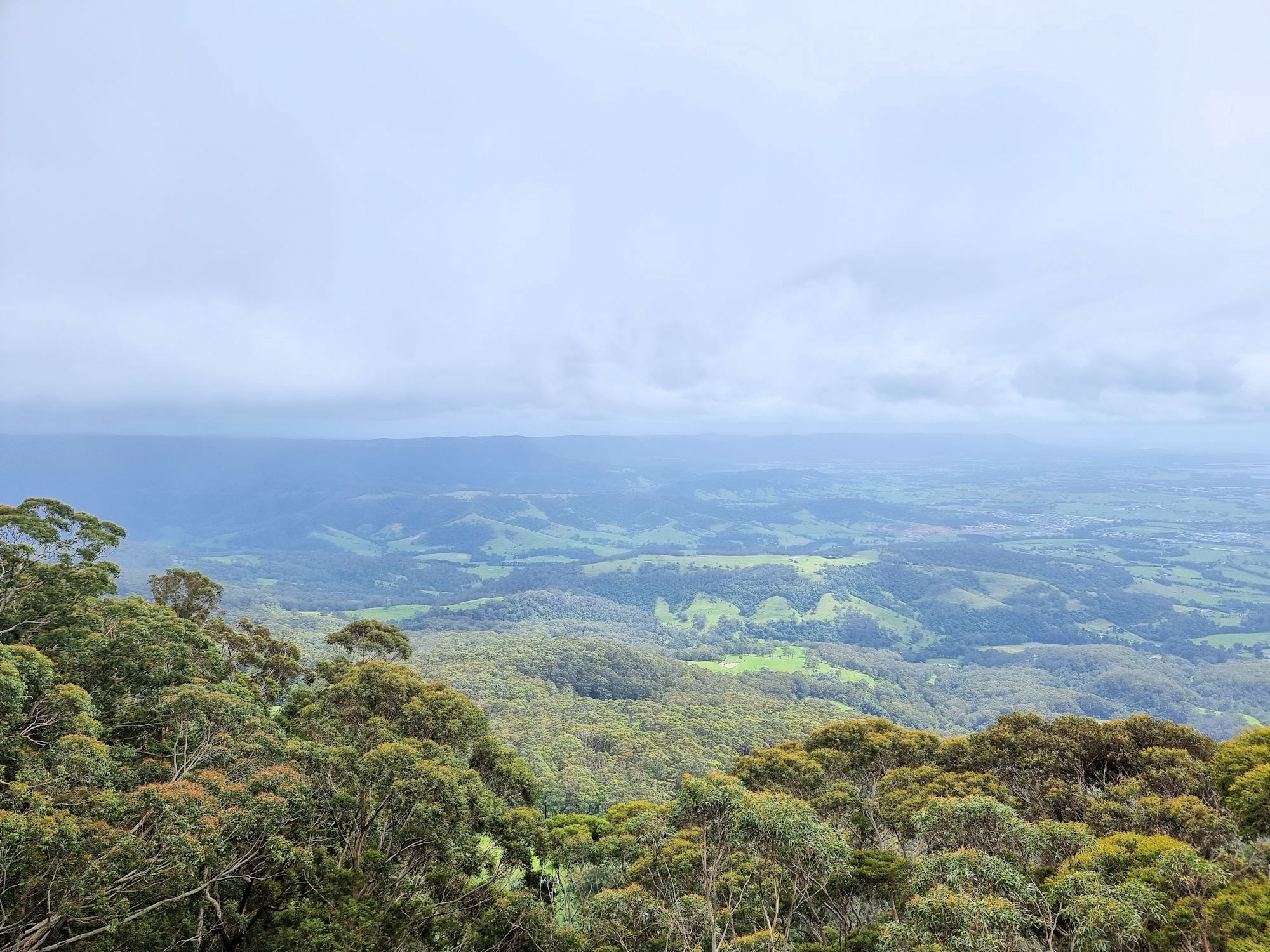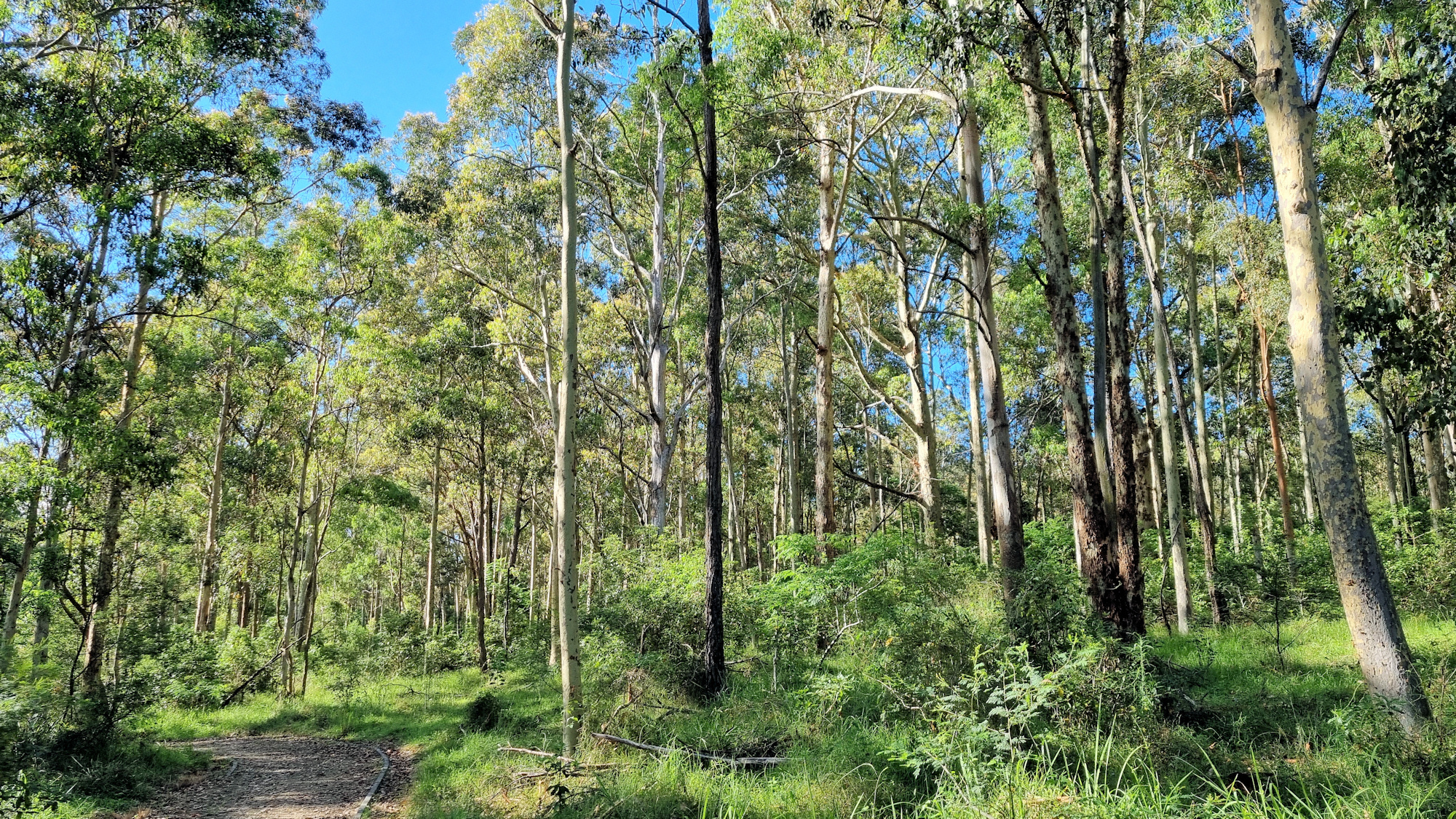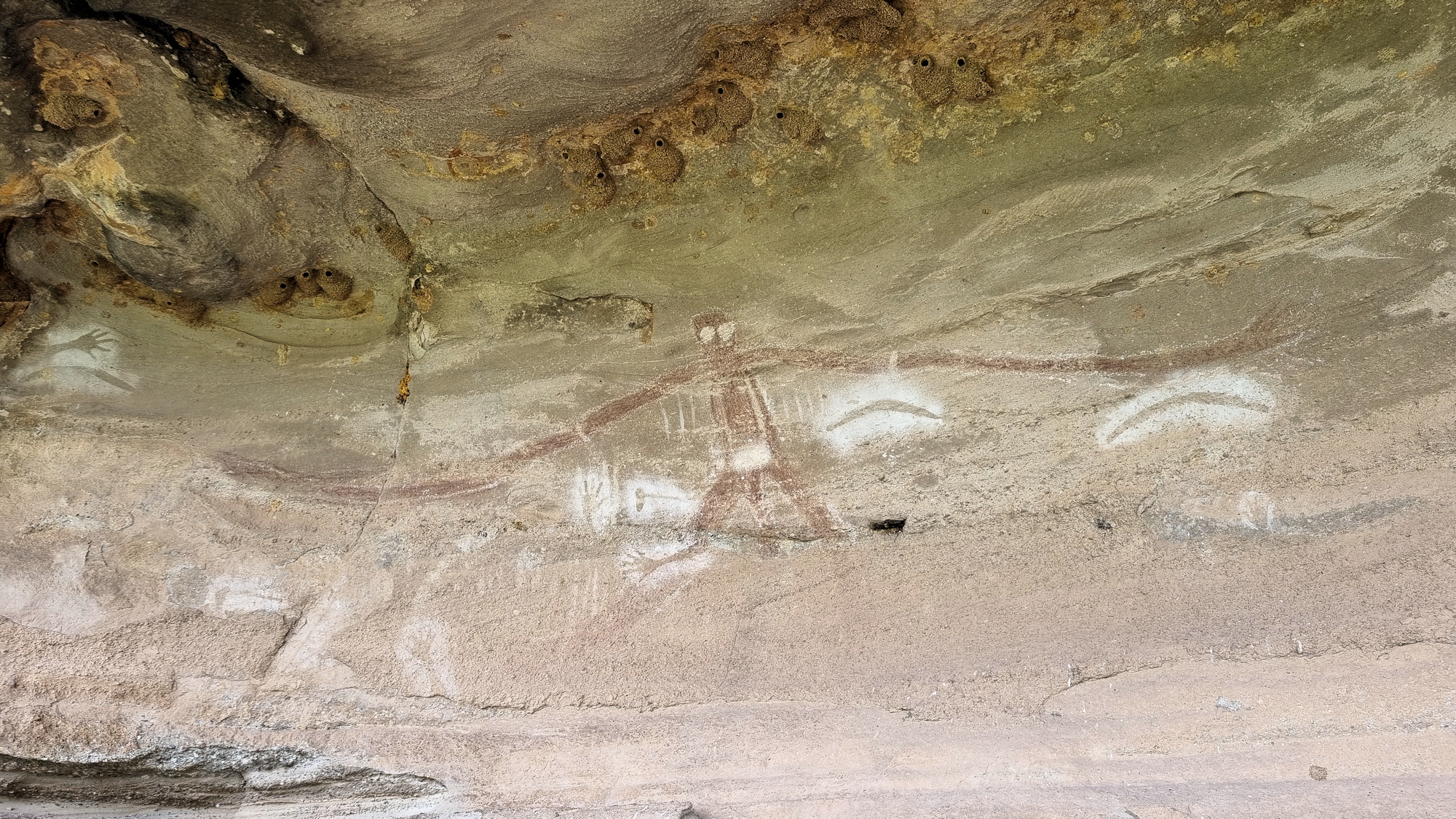Category: Australia
-
Illawarra Fly Treetop Walk

Illawarra Fly Treetop Walk Ever gone walking through a forest, looked up at the trees and wondered what it would look like from the canopy? Well at the Illawarra Fly Treetop Walk you can find out. Situated just over half an hour west of Kiama, this walk takes you through the canopy of a temperate… Read more
-
Heritage Walking Track Minmi

Heritage Walking Track Originally a coal mining area dating from the 1840s, little remains to remind you of its past. Following its closure in the 1980s, rehabilitation and dedicated work by the Minmi Heritage Landcare Group have removed many of the scars. Plantings of native trees, the eradication of invasive plants and the installation of… Read more
-
Baiame Cave Milbrodale Hunter Valley

Baiame Cave Milbrodale Hunter Valley It’s amazing what you can find close to home that you didn’t know existed! It’s even on the local council website, but we somehow failed to see it. About 25 minutes down the Putty Road from Singleton, the Baiame Cave at Milbrodale contains a significant example of Aboriginal art. Significance… Read more